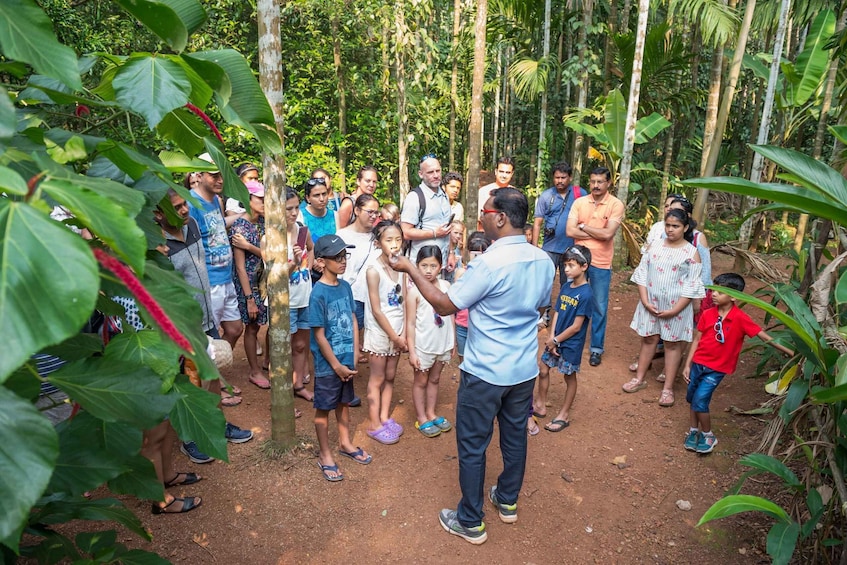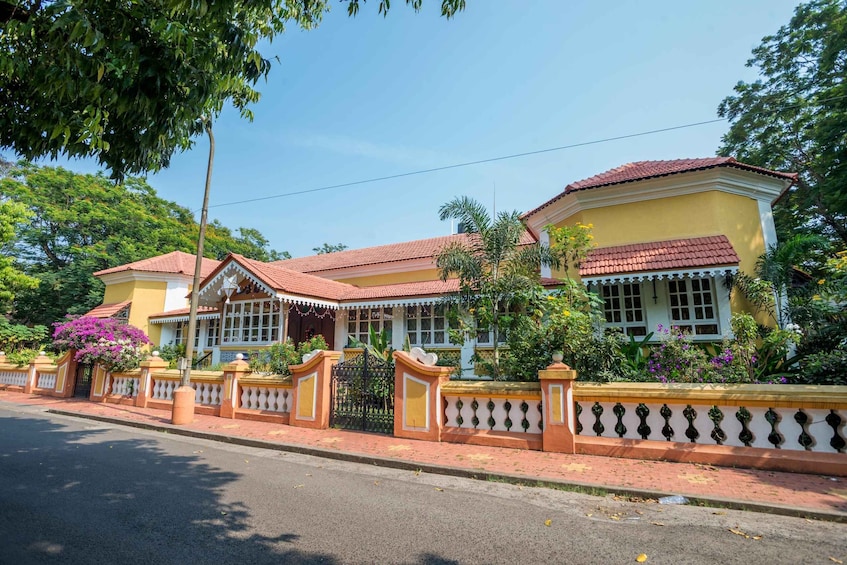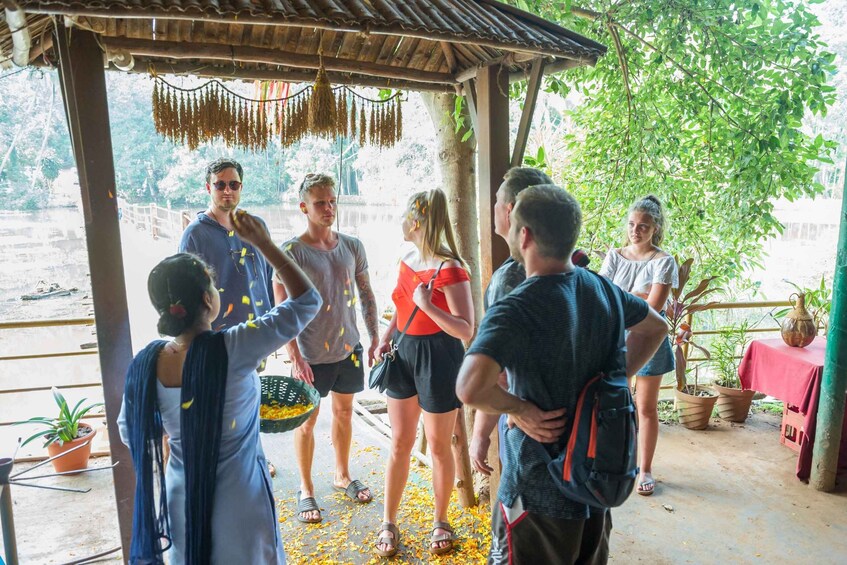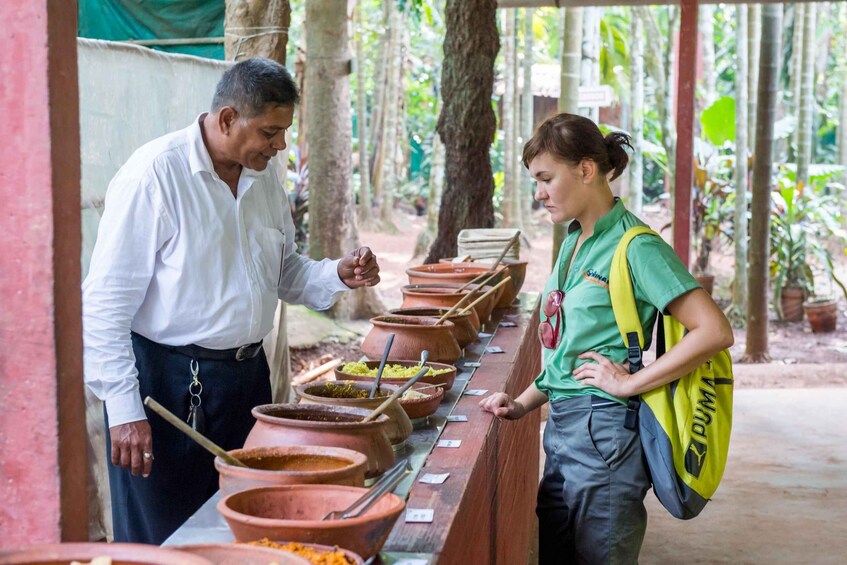Depart the pier and head towards Old Goa which stands testimony not only to the reality of the
Portuguese rule in the country, but also to the grandeur and wealth of the city during their reign.
Your first visit of the day will be to the St. Cajetan Church which was modelled on St. Peter’s in Rome
and built of laterite blocks and lime plastered. The façade, having two towers on either side to serve as
a belfry, has Corinthian columns and pilasters supporting a pediment, and four niches, which keep the
statues of the apostles. Hidden beneath the church is a crypt where the embalmed bodies of
Portuguese governors were kept in lead coffins before they were shipped back to Lisbon. Forgotten for
a time, the last batch was removed only in 1992.
Continuing, the next stop will be at the Basilica of Bom Jesus which was built by the Jesuits in the 16th
century and is one of the most important churches in Goa. The embalmed body of St. Frances Xavier is
enshrined here in a marble mausoleum, which is exposed to the public once every ten years. The last
date this happened was in December 2014.
Later Proceed to Shanta Durga Temple built between 1713-1738. Dedicated to Shanta Durga, the
Goddess of Peace, this temple sports an unusual, almost pagoda-like, structure with a roof made from
long slabs of stone. Goan temples are unique and stand apart from other Indian temples in their distinct
architecture, location, spaciousness and environment.
The temple’s main entrance hall has decorated wood doors coated with silver as does the main
entrance hall path. Enjoy a
guided tour here before spending some time to explore independently.
Continue on to Tropical Spice Plantation - spices brought the Europeans to Asia and a trip to a
plantation is very refreshing and rejuvenating to all the senses. Here you will learn how local spices and
herbs are grown organically. On reaching the spice plantation, you will be given a warm Goan
Traditional welcome and offered a refreshing herbal drink. Once inside you can immediately inhale the
fragrances of fresh spices such as nutmeg, cardamom, cinnamon, black and white pepper, coriander,
chillies, and betel nut. Interspersed in this plantation are also fruit trees and vegetables such as cashew,
custard apple, banana, citrus fruits and pineapples. You also get to see the art of how Betel Nut
pluckers climb these trees, over a hundred feet above the ground and then swaying from tree to tree,
later enjoy your meal.
Your final visit will be to the Panjim ‘Fontainhas’ area where the walking tour will begin. The Fontainhas
is the Latin Quarter built by the Portuguese and we will be able to view from the outside the church and
the old villas. Later, drive through Panjim, the capital city passing through streets lined with old villas
that are characteristic of Portuguese Goa. Later return back to pier.




